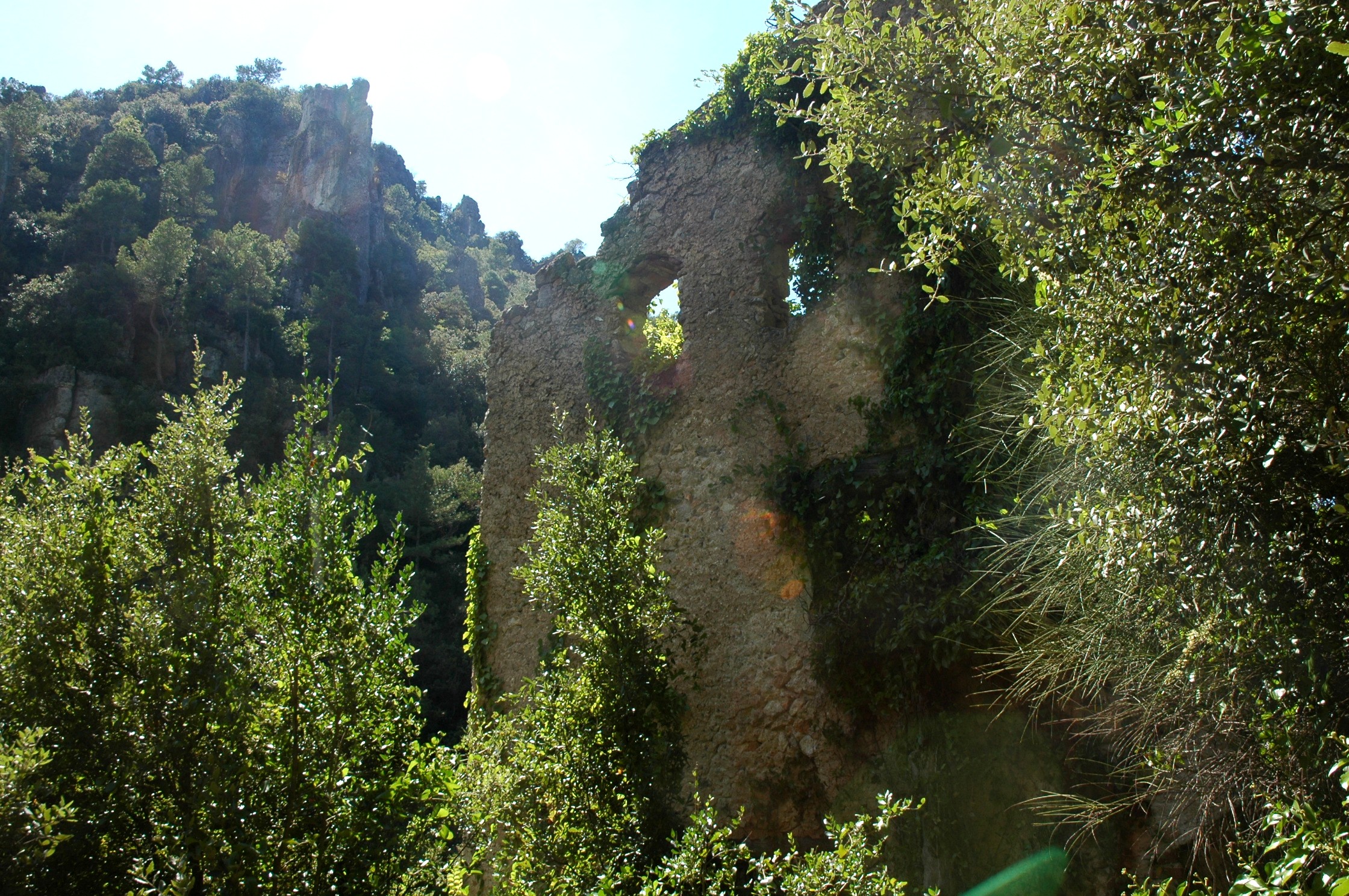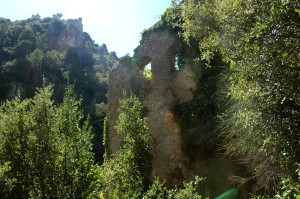For Dr. Calum MacRae
One look at this mill and the adjacent croft,
the local intimate way grass slants to the mill,
the sea beyond the broken waterwheel, and we know
here we could keep some private promise to improve.
We could reinforce the floor
where grain was milled, repair the tracks
for the grain cart, redivert the small stream
back into the flume and start the mill again.
Send the word out now: your miller
is open to all who bring raw grain.
If we could turn our lives that way, the way
the mill stones turned, slow and even,
the milled grain falling dreamy all day
every day but Sunday into carts, we’d find
some recent peace, a composure we never quite trust
in family portraits. We’d be wise to allow
for the loch that hammers inside
and that man not on record who broke one day
in the byre and demanded the cattle say thanks.
With this loch pale in our faces and money
collected last year for milling turning
to dust at the touch, we really are happy, are happy—
our voices run down late summer,
the stream without pressure and the waterwheel limp.
If we count bones found on Skye, we get
Celtic, a lot, Viking, very few, despite
three centuries of occupation and Nordic names
that hang on: Hinnisdal, Monkstadt, Eyre.
The Viking bones found here
don’t care what we or the man they belonged to did.
They don’t blush for their part in oppression,
innocent women in shock.
Ther’ a way of saying, “Yes! We wer rotten, so what?”
Of saying it anytime we want to the sea
that answers softly in Gaelic and doesn’t indict.
We won’t restore the mill. The waterwheel’s
broken beyond repair and, if we got the two stones
back in gear and g rinding, no noe raises grain
today on this island. The modern Norwegian ship
needs papers to sail these waters. The Viking bones
are in Glasgow for date and classification.
We own the mill in the warmest sense of own.
Let’s keep it run down. Let’s keep the crofter’s cottage
empty and cold. If anyone asks for a miller
we’ll say, that’s what we were once, and worse.
This is what we are now.



